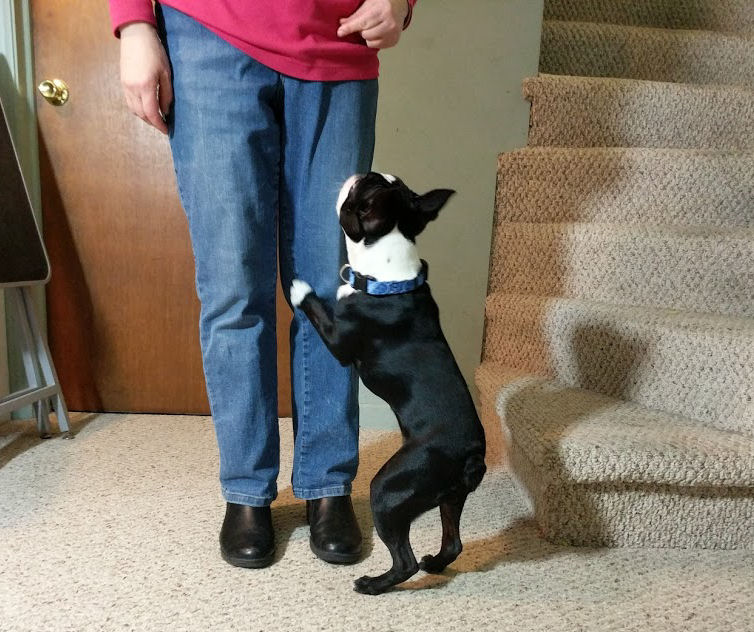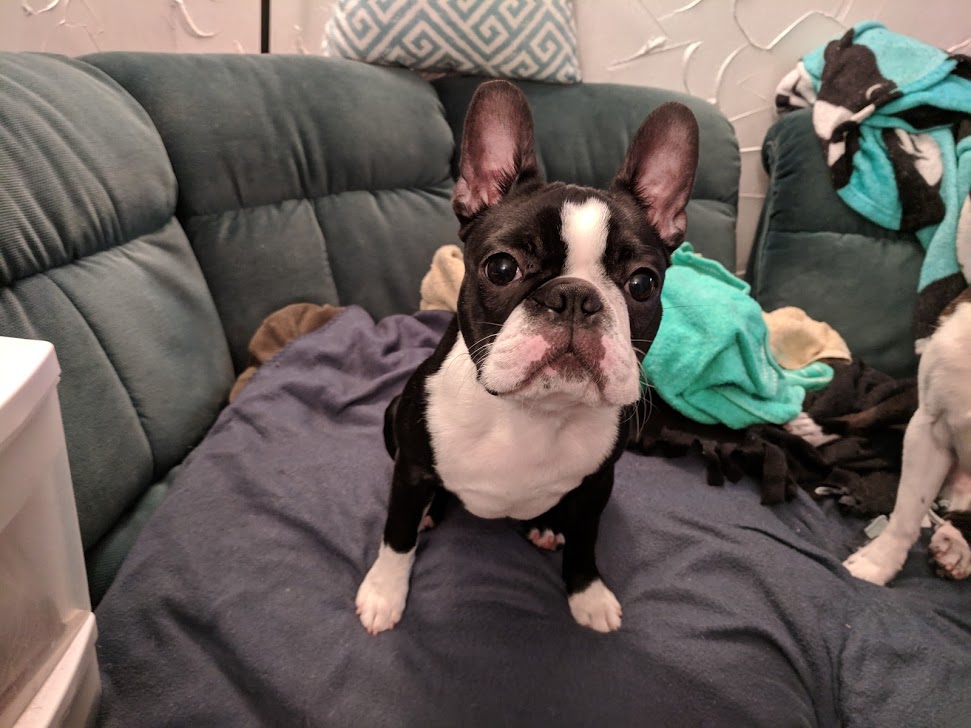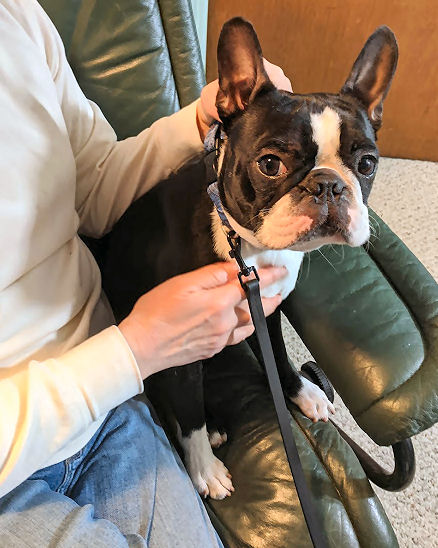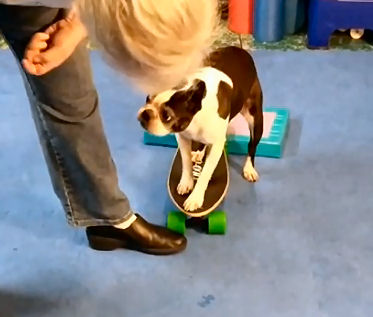Your dogs’ ears are better than yours. Also (probably) cuter. And softer. They work great. Use them. Talk to your dog!
This week for the first time since the pandemic shut down our dog training club, we held classes. It started out really, really quiet. We think it may have been that people were embarrassed to talk to their dogs in public. After a year and a half of talking only to their dogs, they may have thought that it wasn’t okay in public.
Always talk to your dog
Aside from the fact that dogs can understand hundreds of words if we bother to teach them, it’s only polite to let the other person in the room know what’s going on.
The most egregious offenses in class were people, given the “Forward!” command by the instructor (Hope), took off without saying anything to their dogs! In most cases, they didn’t even “check in” to make sure their dogs were paying attention!
We know that most people just want their dogs to exhibit good manners when walking. Competition obedience isn’t on everyone’s radar. That’s perfectly fine. But you still need to let your dog know when you’re starting, turning, stopping, or changing speeds! If you were walking with a human friend, and you’re the one who knows where you’re going, don’t you routinely say “we turn here” or “it’s just ahead on the right”?
And it’s important to let your dog know that they’re doing a good job. Praise is one way to reward your dog – so speak up!
Letting dogs know what’s up
The sins were just as numerous on the flip side of the coin. We were appalled to see how many leashes got tight and dogs were dragged around by their necks rather than being given a chance to think and react.
Especially the first time doing something, or just learning something, or coming back after a long time away, dogs need time to process what’s being asked of them. If your dog hasn’t heard “Sit!” in a while, it may take a moment to sift through the brain cells and figure out what you’re talking about. Give your dog a chance to “answer” when you talk to your dog.
Everybody does it
It was interesting to see that almost everyone in class was exhibiting the same bad behavior, hauling on their dogs without talking to them first. Both the owners of the German Shepherd and the Chinese Crested – the long and short of our class.
If you’re training in class, it’s understandable to be a little shy about babbling excitedly to your dog. It took a long time before we were able to get over it. It helped to realize that absolutely no one in the class is paying any attention to you – they’re all occupied with their own dogs. And any spectators will be too busy watching the dogs to listen to a word anybody says.
Use your happy voice
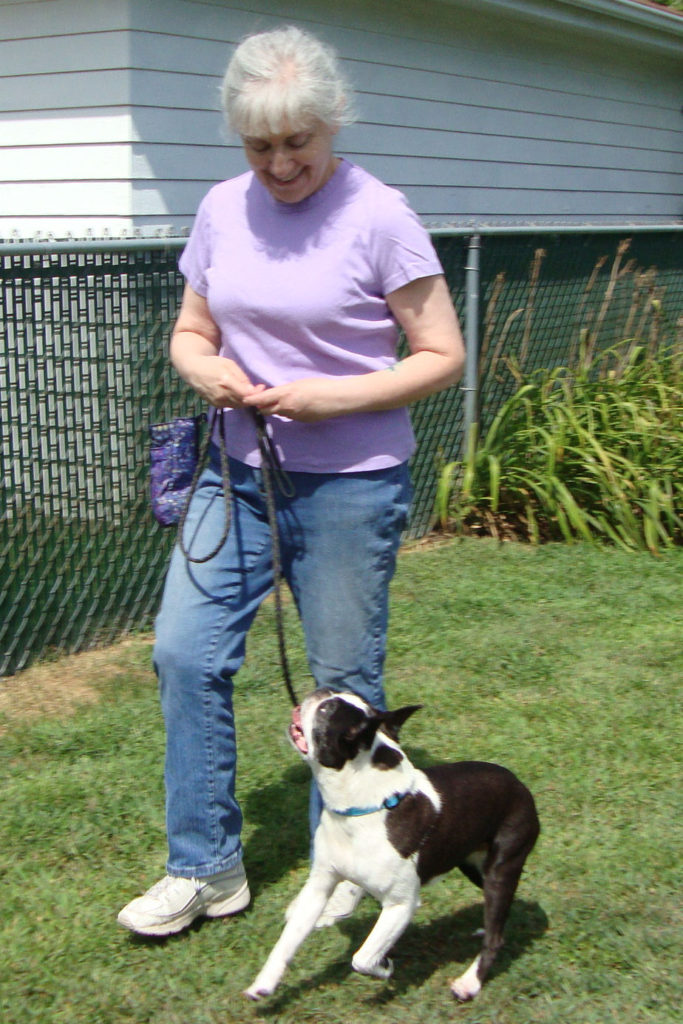
By all means practice talking to your dog in your 2-Minute dog training games at home. Prove to yourself how well it works. Try one session being quiet, and when you do speak, do it either harshly or in a monotone. Then, later the same day, try playing exactly the same game, but talking happily and excitedly to your dog throughout.
We guarantee your dog will do better and learn more in the second session. We play dog training games for many reasons. One of the most important ones is having fun with our dogs. And they love the sound of our voices.

